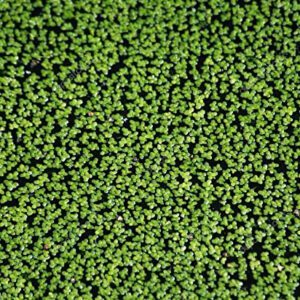The Thankuni plant, also known as Centella asiatica or Gotu kola, is a herbaceous perennial plant that is native to wetlands and marshes throughout Asia, Africa, and South America. It is a popular herb in traditional medicine and is gaining popularity in the wellness industry for its numerous health benefits. If you’re interested in growing your own Thankuni plant, here are some tips and tricks for caring for this unique herb.
- Growing Conditions: Thankuni plants thrive in moist, shaded areas with well-draining soil. They prefer temperatures between 70-90°F (21-32°C) and high humidity. In colder climates, Thankuni can be grown indoors or in a greenhouse. When planting Thankuni, make sure to give each plant enough space to grow, as they can spread quickly.
- Watering: Thankuni plants require consistent moisture, but do not like to be waterlogged. Water your Thankuni plant regularly, keeping the soil moist but not saturated. If the soil dries out completely, the plant may wilt and become damaged. Overwatering can lead to root rot, so be sure to provide good drainage.
- Fertilizer: Thankuni plants do not require much fertilizer, but they benefit from occasional feeding with a balanced, water-soluble fertilizer. Be careful not to over-fertilize, as this can lead to excessive growth and a decrease in medicinal properties.
- Pruning: Thankuni plants can be trimmed back regularly to encourage bushier growth and prevent them from becoming too leggy. It is also important to remove any dead or damaged leaves or stems to keep the plant healthy.
- Pests and Diseases: Thankuni plants are relatively pest and disease-resistant, but can occasionally be affected by aphids or spider mites. To prevent infestations, keep the plant well-watered and remove any affected leaves or stems. You can also use insecticidal soap or neem oil to control pests.
- Harvesting: Thankuni plants can be harvested once they have reached maturity, which typically takes about 2-3 months. The leaves and stems can be picked and used fresh or dried for later use. To dry the leaves, spread them out in a warm, dry area with good air circulation. Once dried, store the leaves in an airtight container for future use.
- Final Thoughts: Growing Thankuni plants can be a rewarding experience, and with the right care, you can enjoy fresh and healthy herbs all year round. Remember to provide your Thankuni plant with consistent moisture, good drainage, and occasional feeding. Keep an eye out for pests and diseases, and be sure to harvest your herbs at the right time for optimal flavour and medicinal properties.
With a little bit of patience and care, you can cultivate a thriving Thankuni plant that will provide you with a wealth of health benefits and delicious culinary possibilities. So why not? give it a try and start growing your own Thankuni plant today.

